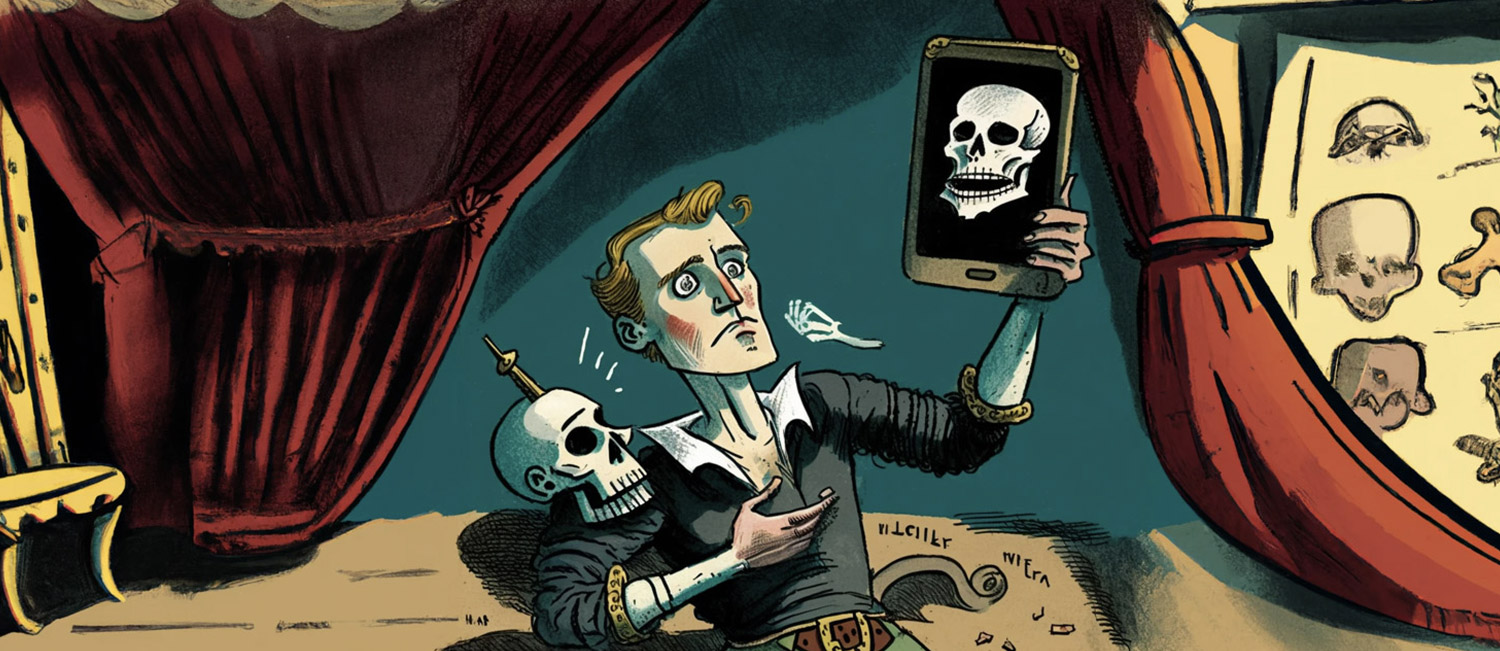
In the modern digital landscape memes are a powerful social currency. They are the language that every social media platform speaks in. They’re postcards and snapshots, coded with layers of cultural signposts that meant nothing six months ago, but are instantly recognisable now. Memes have become how we communicate and how we can show we’re relevant and part of the zeitgeist;
They are a valuable cultural currency that can quickly spread across social media platforms, grabbing the attention of millions of people worldwide. They often represent shared experiences, emotions, or opinions, which is why they resonate so well with audiences. By tapping into this layer of global conversation, brands can create content that people genuinely want to engage with, share, and talk about.
However for B2B brands with strict corporate guidelines and messaging, it can be a minefield to navigate.
So how do B2B brands use social intelligence to ride the meme wave and generate buzz without looking, appropriately enough, like Steve Bushemi saying “How do you do, fellow kids?”

This is where it’s absolutely vital to be able to understand who your audience is and what kind of content they respond to. By properly monitoring and analyzing social data to make informed decisions you can start to understand whether your audience will resonate with a current meme or be bamboozled and alienated by it, and whether entering that particular corner of internet communication is going to fit your brand.
This is what we at Buzz Radar do best, incidentally, helping brands stay up to date with the latest trends, track the performance of their content, and make data-driven decisions to maximize their online presence.
Here are some ways that social listening can help brands tap into viral trends:
Monitoring Trending Topics
By keeping a close eye on trending topics and hashtags, brands can identify viral memes and trends in real-time. This allows them to react quickly and create content that aligns with what their audience is currently talking about. For example, remember the Dolly Parton Challenge that took over social media in 2020? Brands that jumped on the trend and created their version of the meme saw a surge in engagement and brand awareness.
Analyzing Audience Sentiment
Understanding how your audience feels about a particular meme or trend is essential to create content that resonates with them. Social intelligence tools can analyze audience sentiment to help brands determine whether a meme is worth investing in or if it's likely to provoke a negative reaction. For instance, during the ALS Ice Bucket Challenge in 2014, brands that participated in the challenge not only raised awareness for ALS but also connected with their audience through a fun and meaningful activity.
Discovering Niche Memes
Not all memes go viral on a global scale. Some may be more relevant to specific industries or niches. It’s really important to identify these smaller-scale trends that may be more relevant to your target audience, allowing you to create content that speaks directly to them. For example, remember the This is Fine meme? Though it started as a simple webcomic, it quickly became a relatable meme for people dealing with stress, and brands in the mental health and wellness space could leverage it to connect with their audience on a deeper level.
The Dangers of Meme Marketing: When Brands Get It Wrong
Posting the memes is not without its risks. A poorly executed use of a meme can make you look out of touch, and that’s if you’re lucky. When brands attempt to capitalize on memes without fully understanding the context, audience sentiment, or potential backlash, their efforts can backfire spectacularly.
When brands try to hijack memes solely for promotional purposes, it can appear insincere and self-serving. Audiences are quick to detect when a brand is trying to exploit a meme for its benefit without adding value or contributing to the conversation.
In 2014, the same year the ALS challenge gave brands such an easy-win, the hashtag #WhyIStayed started trending on Twitter, with users sharing personal stories about staying in abusive relationships. The conversation was nuanced and incredibly important, exploring dynamics of power and abuse. DiGiorno Pizza, however, attempted to capitalize on the trending hashtag by tweeting, 'Because you had pizza.' The tweet was met with outrage as it made light of a serious issue. DiGiorno later apologized and admitted to not understanding the context of the hashtag before using it. The damage to their reputation was huge.
How to Avoid the Dangers of Meme Marketing
- Have a strong understanding of who your audience is. Here is a great place to start.
- Research the context and origins of a meme before using it.
- Analyze audience sentiment to gauge how a meme may be received.
- Be sensitive to cultural differences and avoid using memes that could be considered offensive or inappropriate.
- Focus on authenticity and add value to the conversation rather than merely promoting the brand.
- Continuously monitor the performance and audience reactions to your meme-based content, adjusting your strategy as needed.
Putting It All Together: The Art of Meme Marketing
When done right, meme marketing is a super-effective tool that boosts reach and creates positive brand perception by making a brand feel alive, current, plugged into social trends and often self-aware and self-deprecating. It’s a tricky balance, but if you can pull it off it can pay-off generously. The important thing is to know your audience and create content that resonates with your target market and can actually drive results. It’s a bit of fun, of course, but that fun needs a business case. Understanding your audience is key to making that work.
Still undecided and would like to talk through? Drop us a line
Patrick Charlton Published on March 16, 2023 5:06 pm

